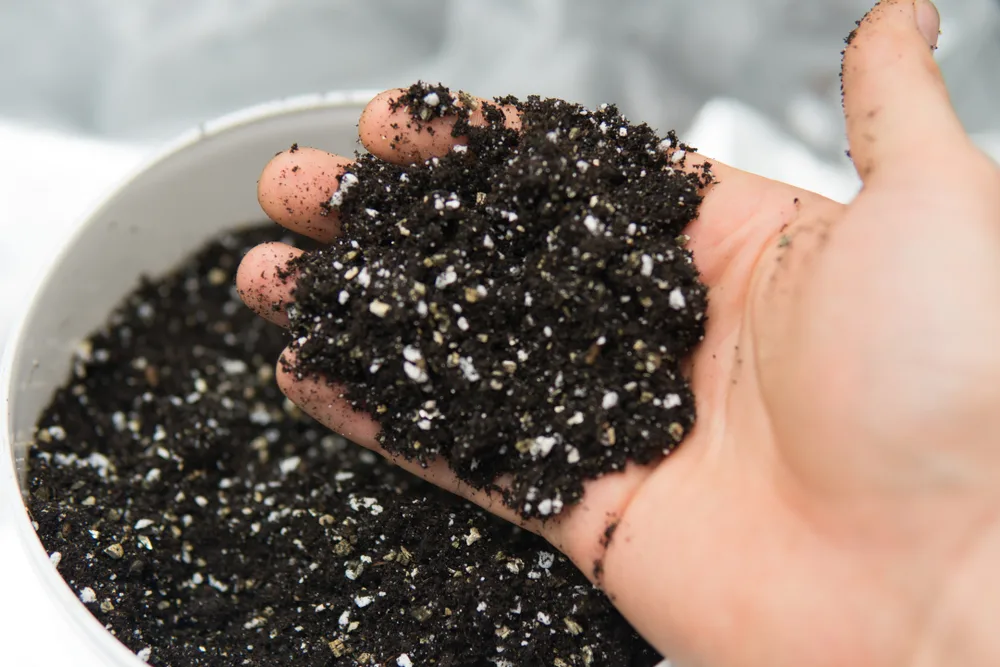
Potting soil is one of those things you can just never have enough of.
Between re-potting plants into bigger spaces, starting seeds, and container gardening, you can go through bag after bag of this stuff. And that can really take a toll on your wallet.
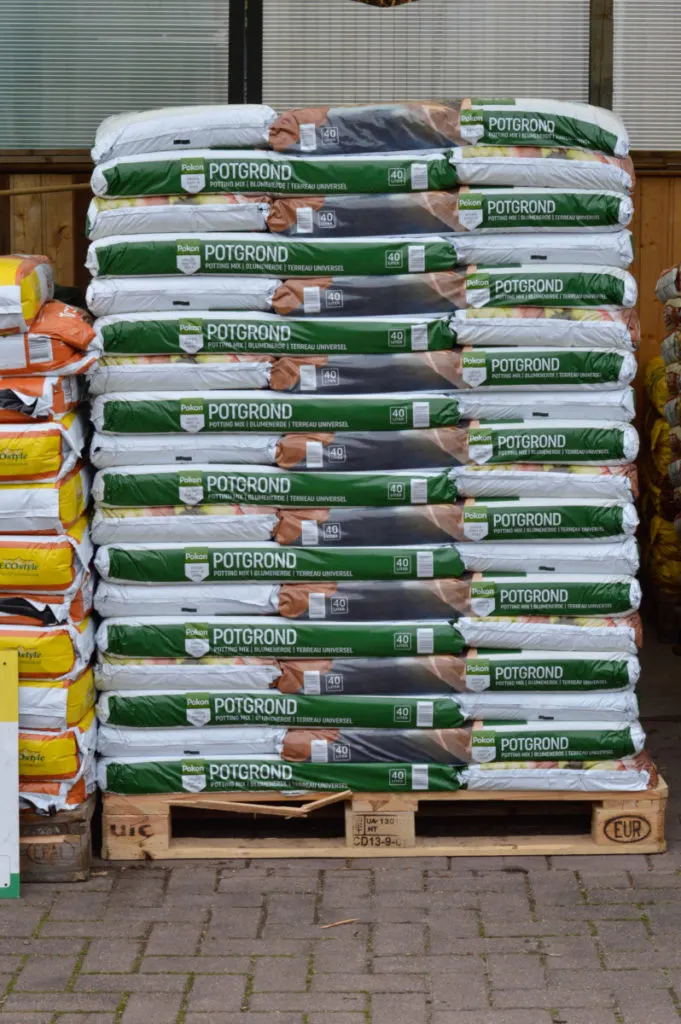
But, did you know you can make your own potting soil?
Skip all the expense and trips to the home improvement store and make your own DIY potting soil at home. It’s better for your plants and better for your bank account.
Why you truly need potting soil for potted plants and container gardens.
“Why can’t I just use soil from the ground in pots?” This is the number one question I’m asked when it comes to potting plants. There are a lot of reasons it doesn’t make sense to use garden soil in your pots.
Garden soil is often full of clay, sand, insects, bacteria, mold, and fungus. All these things are not friendly to plants trying to grow in an artificial environment.
When plants grow outdoors in nature, they naturally grow in areas with nearly perfect soil, light, and water for their needs. If those plants aren’t finding the water or nutrients that they need, they can dig their roots deeper into the ground in search of it.
When plants grow in pots, the only resources they have is exactly what you’re giving them for soil, light, and water.
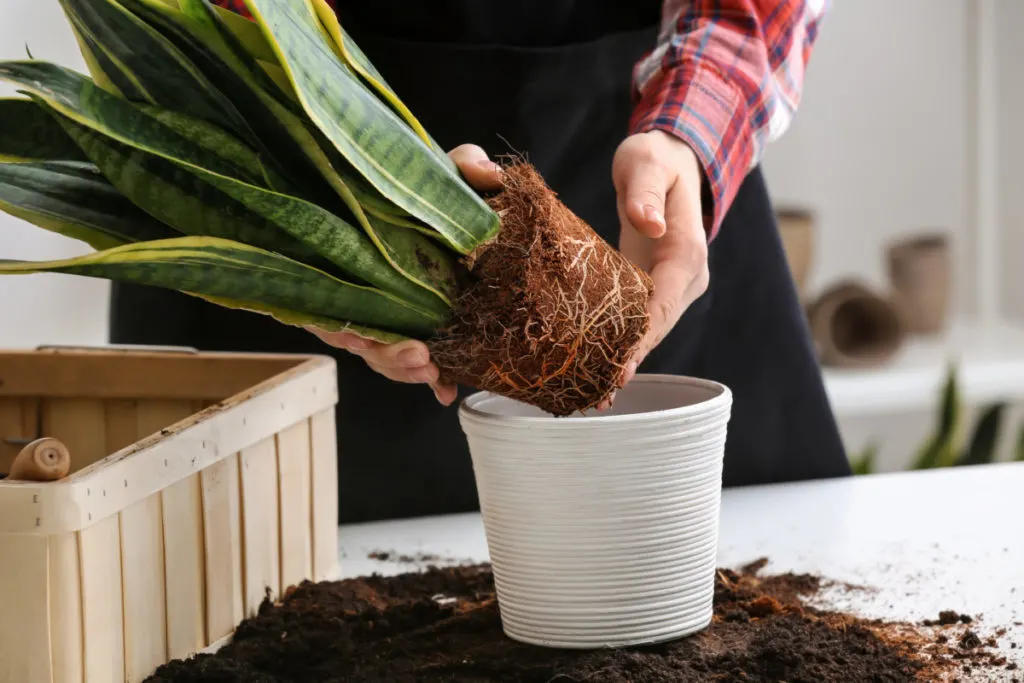
When we grow plants in pots, we need to try to imitate their natural environments in order for them to thrive.
For example, if you took an orchid that naturally thrives in the jungle, in very moist, rich soil, and tried to grow it in a pot full of sandy soil from your backyard, you aren’t likely to find success.
Soil from your yard or garden is likely to have poor drainage and lack in nutrients, both issues that will lead to a quick death for your potted plants.
Using potting soil that’s specifically formulated for your plants is absolutely the way to go.
Why Should You Make Your Own Potting Soil?
Price
For starters, high-quality potting soil is mighty expensive, and making it yourself can save a lot of money. This is especially true if you’re already able to make your own compost.
The savings are really noticeable if you need potting soil for a large scale project like raised bed gardens, which can require 50 or more bags of potting soil.
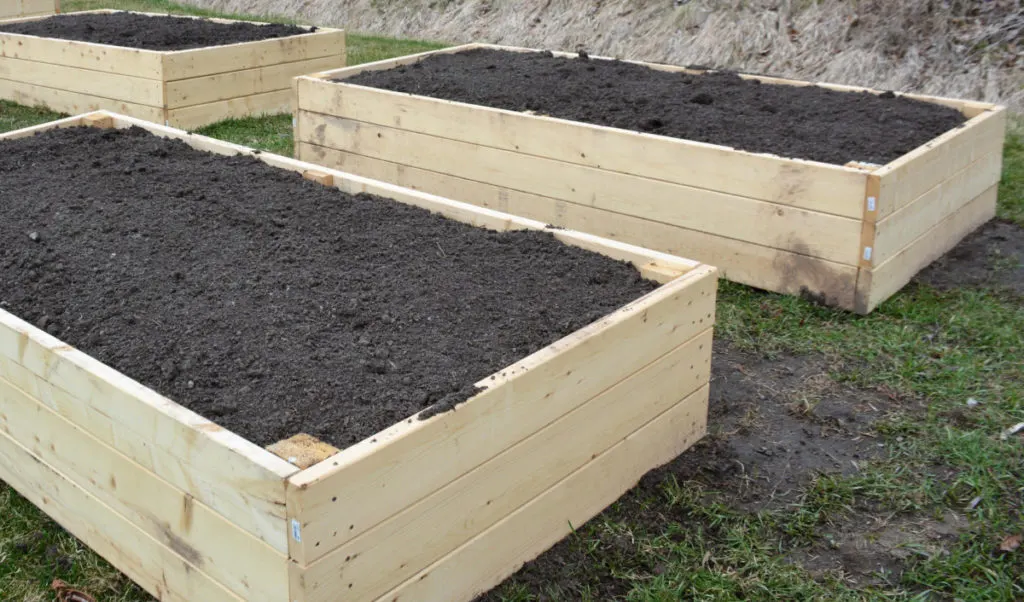
Control
The truth of the matter is, store bought potting soil could have anything in it. If you’re making an effort to garden organically and avoid chemical fertilizers and additives in your soil, you’d be better off making your own.
This way you have total control over the quality of the ingredients. This soil feeds your plants, which feed you, so the ingredients truly do matter.
Another nice thing about making your own potting soil is you can change the amounts of each ingredient so it will be useful for different types of plants.
For instance, cactus and most succulents thrive in soil that drains well and doesn’t retain water. You could tweak your potting soil recipe to be perfect for these types of plants.
Higher quality
Homemade potting soil made with your very own compost is bound to be of higher quality than the store-bought kind. Some organic potting soils, like Dr. Earth, are very high quality, but quite expensive. You can get just as high-quality soil all on your own.
What’s in Potting Soil?
Potting soil has three basic components – something to aerate the soil, something to retain water, and something to feed the plants. When these three components work together, the resulting soil provides food, water, and space for root growth for your plants.
Aeration
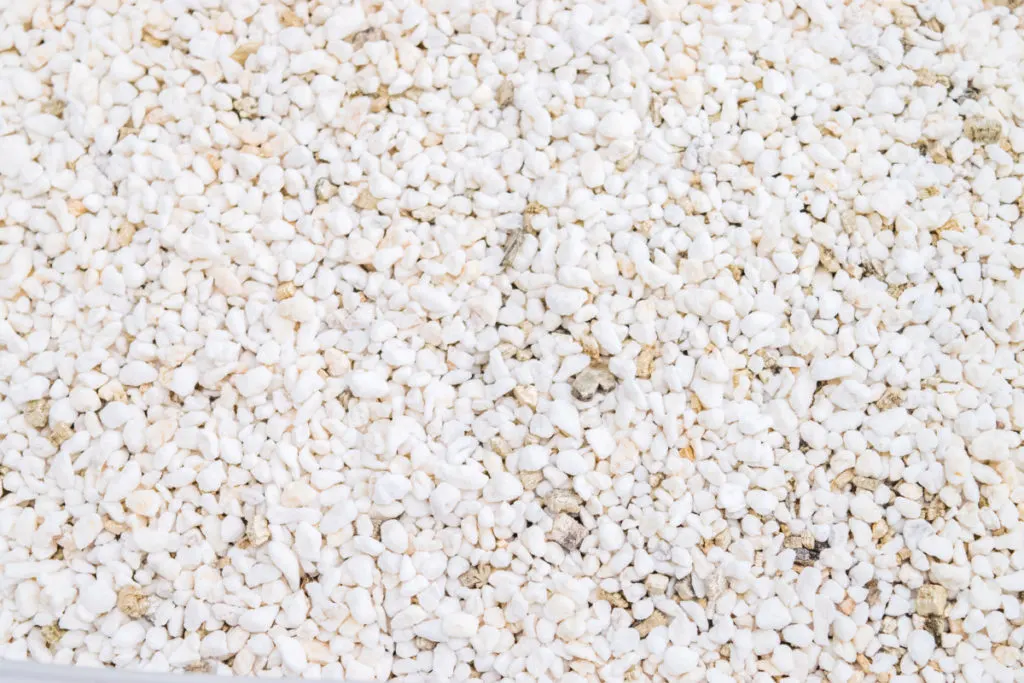
The best substance to use for aeration is perlite. Perlite, which is volcanic glass, is light and porous, which helps to keep air in the soil, as well as allow excess water to drain from the pot. You never want too much water sitting in your soil, as it will cause root rot.
Water retention
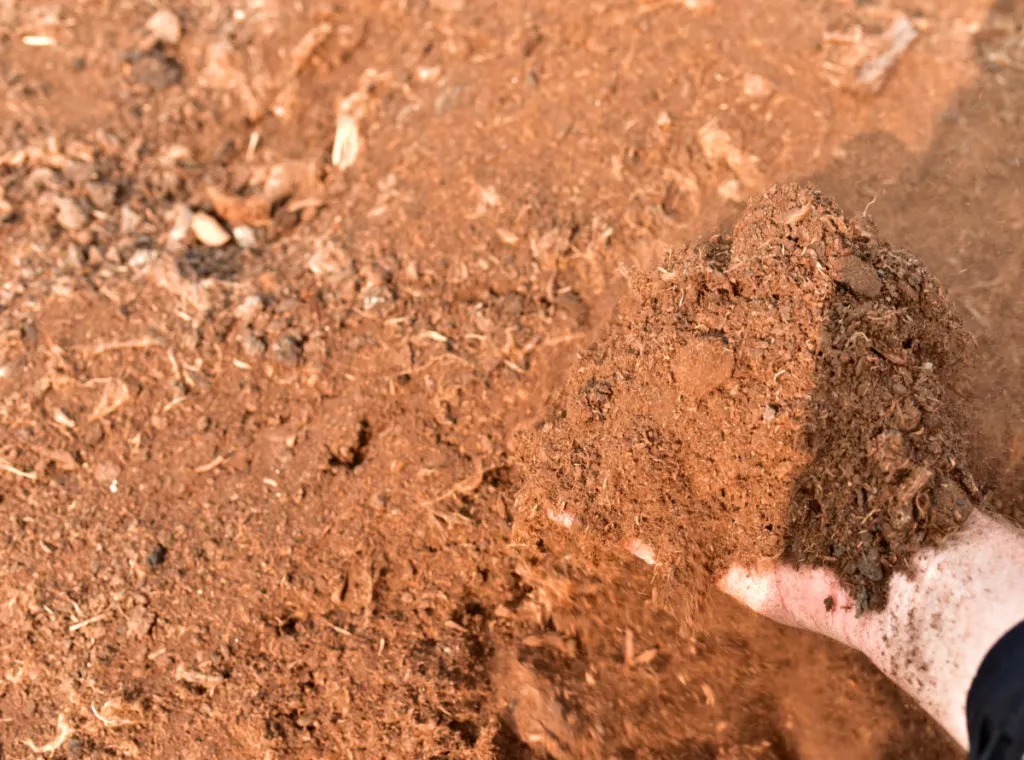
A good source for water retention is peat moss, which is the result of decomposing mosses in bogs, is readily available at most home improvement stores, and is inexpensive. When you first take peat out of the bag it’s light and airy, be sure to soak it in water before mixing it into your potting soil.
There is some debate as to the environmental impact of harvesting peat moss. Coconut coir is a more environmentally friendly alternative.
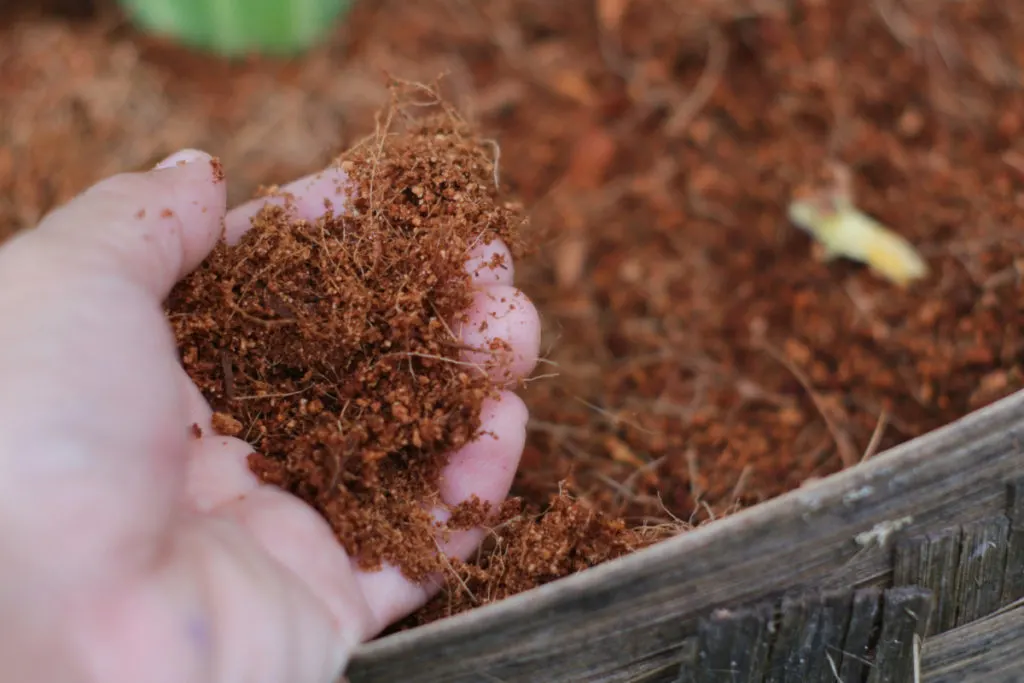
Nutrition
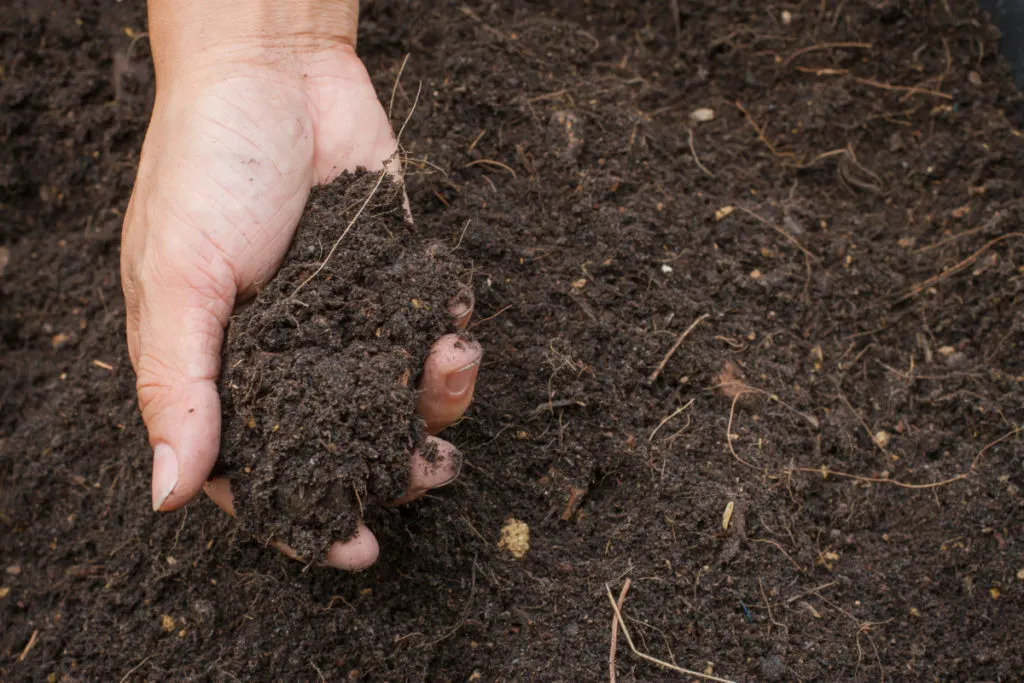
Plants need to eat, and they get their nutrients from the soil. Some plants need rich soil with more organic matter, and some plants need hardly any nutrients to thrive.
The best way to add nutrients to your potting soil is with compost and peat moss.
If you’re already making your own compost in your backyard, you can certainly use that. Some towns and cities also have compost available to pick up for free or cheap. Ask around and you’ll be sure to find some good compost nearby.
Of course, you can always purchase compost at the garden center as a last resort. It is still much cheaper than buying potting soil.
How to Make Perfect Potting Soil
Ingredients:
- 1 part compost
- 1 part perlite
- 1 part peat moss or coconut coir
Now for the fun part!
Gather all your potting soil ingredients together and mix them all together in a great big bin or barrel.
Be sure to wear a dust mask and goggles for this. Some of the light and airy particles will become airborne and you don’t want them in your lungs or eyes.
Make sure all ingredients are properly mixed before potting this mix-up and adding your favorite plants.

Get the famous Rural Sprout newsletter delivered to your inbox.
Including Sunday musings from our editor, Tracey, as well as “What’s Up Wednesday” our roundup of what’s in season and new article updates and alerts.

